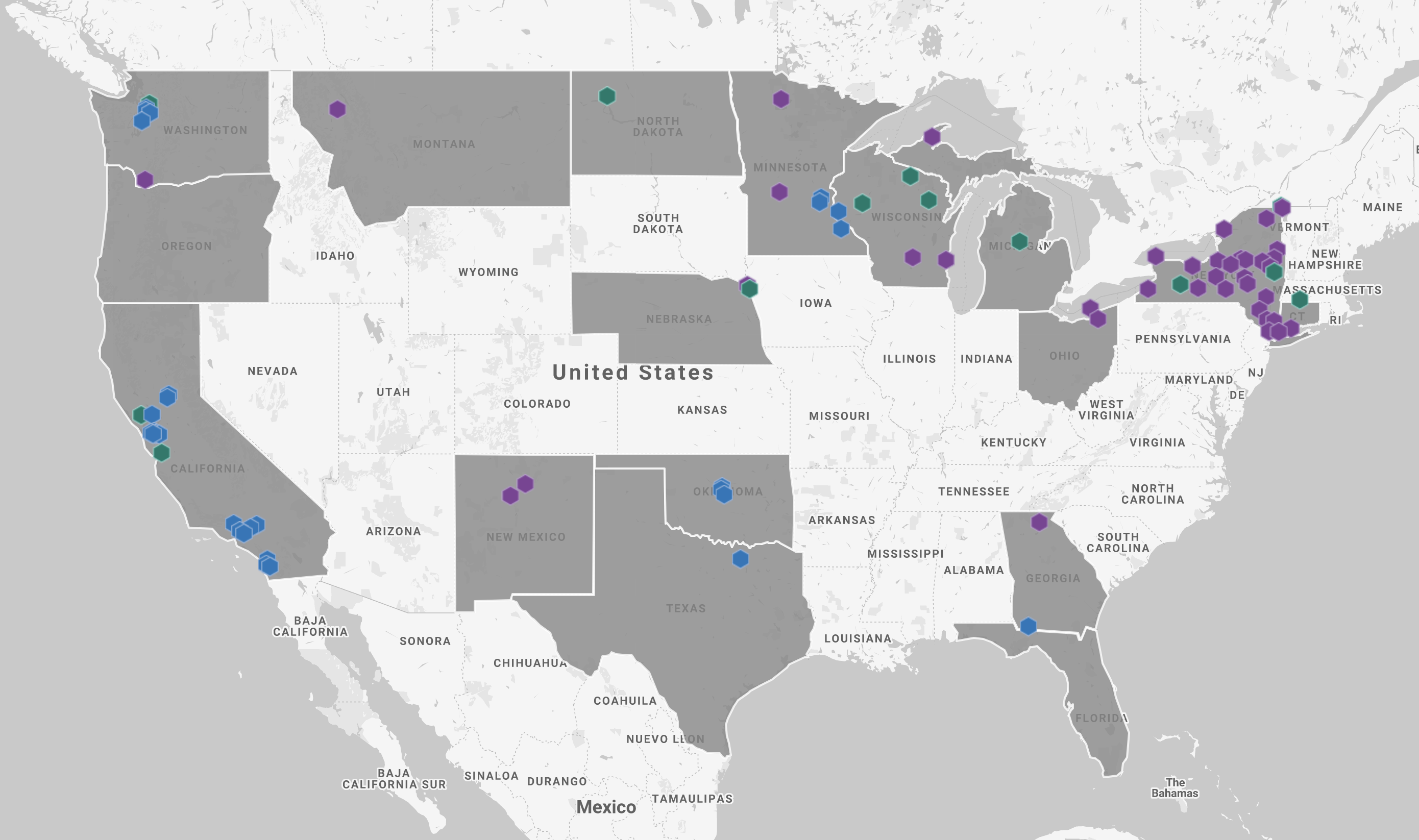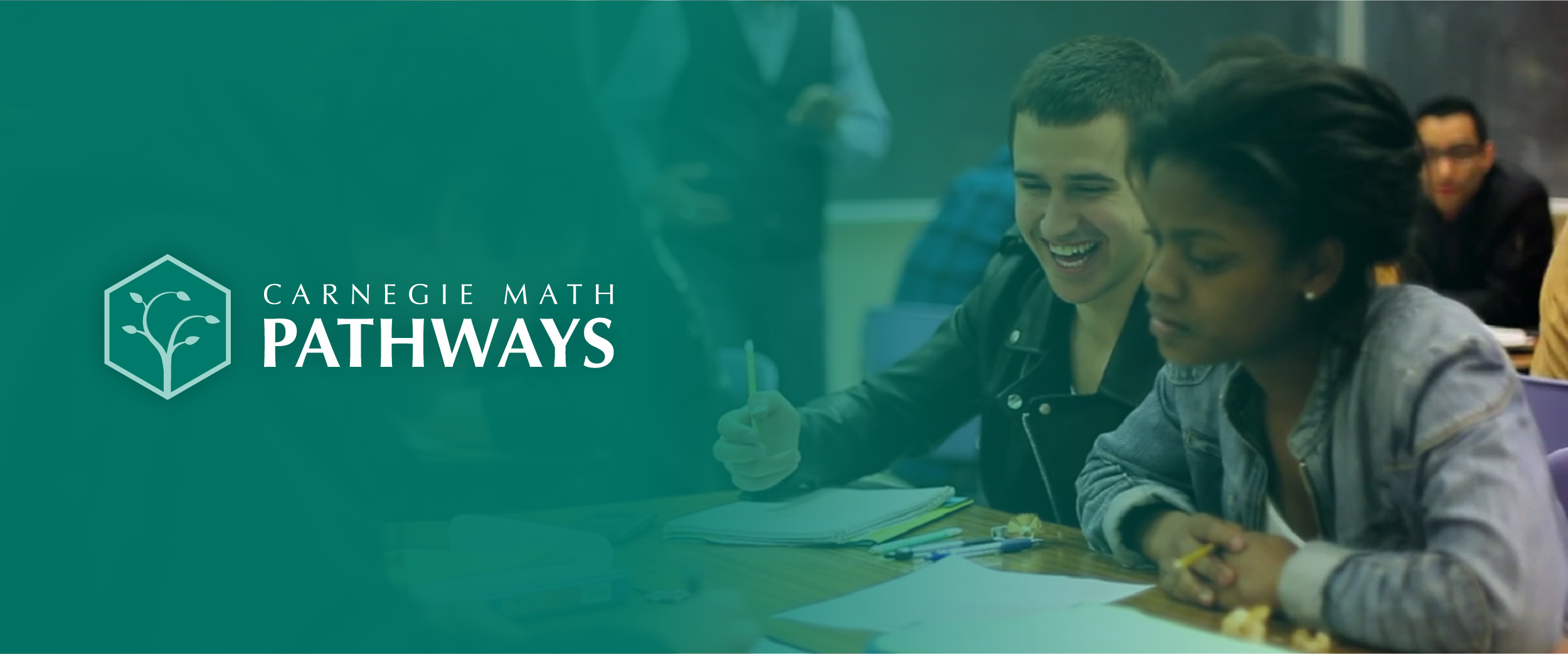
THE CHALLENGE
To help the Carnegie Math Pathways program scale its online learning platform and offline network of post secondary institutions and educator community effectively.
THE OUTCOME
The Carnegie Math Pathways program grew past a scaling bottleneck, graduated from a 6 year long incubation period, and is now self-sustaining.
Overview of the Problem
The Carnegie Pathways Program consists of an online learning platform and quantitative learning curriculum and an offline network of institution administrators and educators committed to closing the remedial quantitative learning gap. It had been organically growing for the past 6 years, incubating from a set of research ideas into an operationalized program and online learning platform. However, the set of tools, content, and network support features for educators lacked coherency. The program needed internal collaboration process redesign, technical infrastructure and data process redesign to support scaling, an external marketing site redesign, a registered user resource site redesign, and program structure improvements, amongst other things.
Users and Audience
- Post secondary math and statistics educators
- Post secondary institution administrators
- Pathways network coaches and facilitators
- General public interested in educational equity
A map of colleges and universities that have adopted the Carnegie Math Pathways curriculum. View the full map.
The Team and My Role
I worked in a hybrid Agile Project Management/Product Management/ Service and UX design role to introduce, advocate, and implement Human Centered design practices to the team and organization. On a cross functional team of 12 people, we had engineers, visual designer, and data analysts. Stakeholders included program directors, foundation executives, and some educator leaders in the Pathways network.
Design Process
I took a collaborative design thinking approach to gradually introduce Human Centered Design into our internal collaboration process and then apply them to external user research, product design and development:
- Team retrospective and Lego collaboration game to reflect on our collaboration process
- Take inventory of existing norms, feature and technical debts
- Organize upcoming work into sprints, articulate feature requirements
- Conduct user research and combine with data, system requirements to prototype features
- Iteratively improve on team collaboration process, product design and development process until team feel joint ownership of work over time
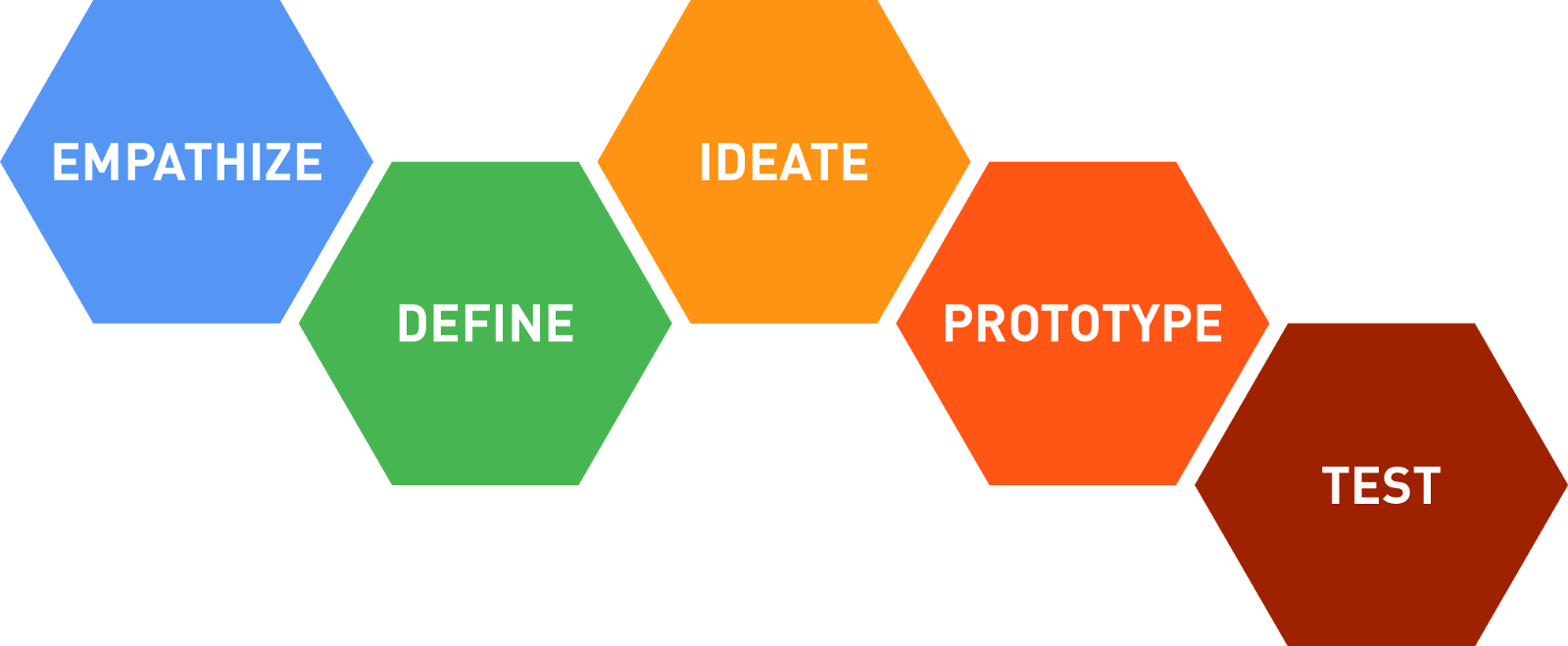
(Adapted from the Stanford d.school)
For external and internal site re-design efforts:
- Start with exploratory user research, internal stakeholder requirement gathering
- Conduct system and data constraints analysis
- Participatory design sessions with visual storytelling training for team to iteratively tell cohesive product story
- Visualize storyline, journeys, processes, and interactions as much as possible
- Negotiate, build consensus, and compromise using visual design assets
- Iteratively build and deploy new features to site
- Do thorough usability testing in creative settings, seize both remote and in person opportunities to interact and understand our users
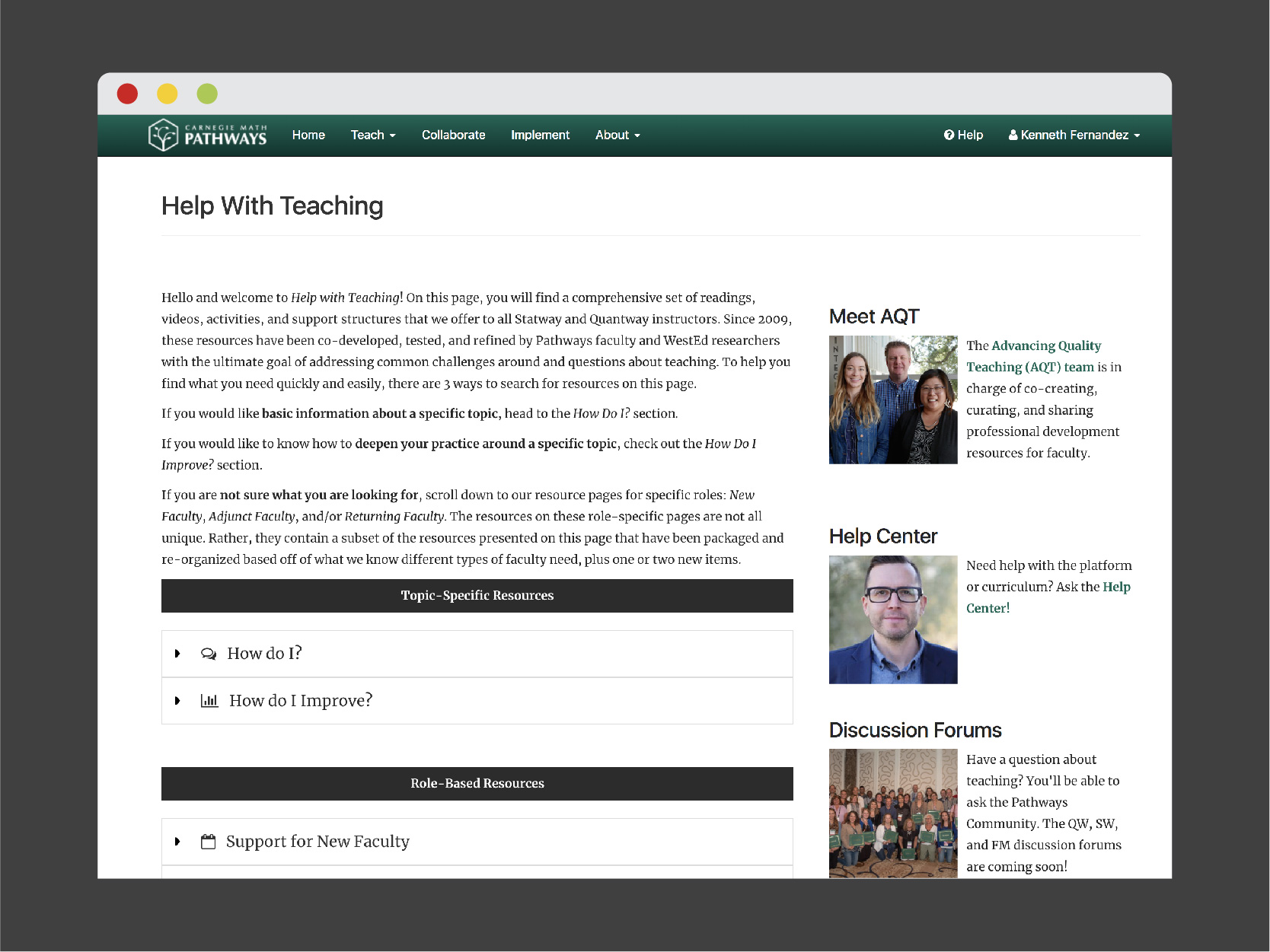
My efforts in design and project management resulted in a new internal web portal for existing users.
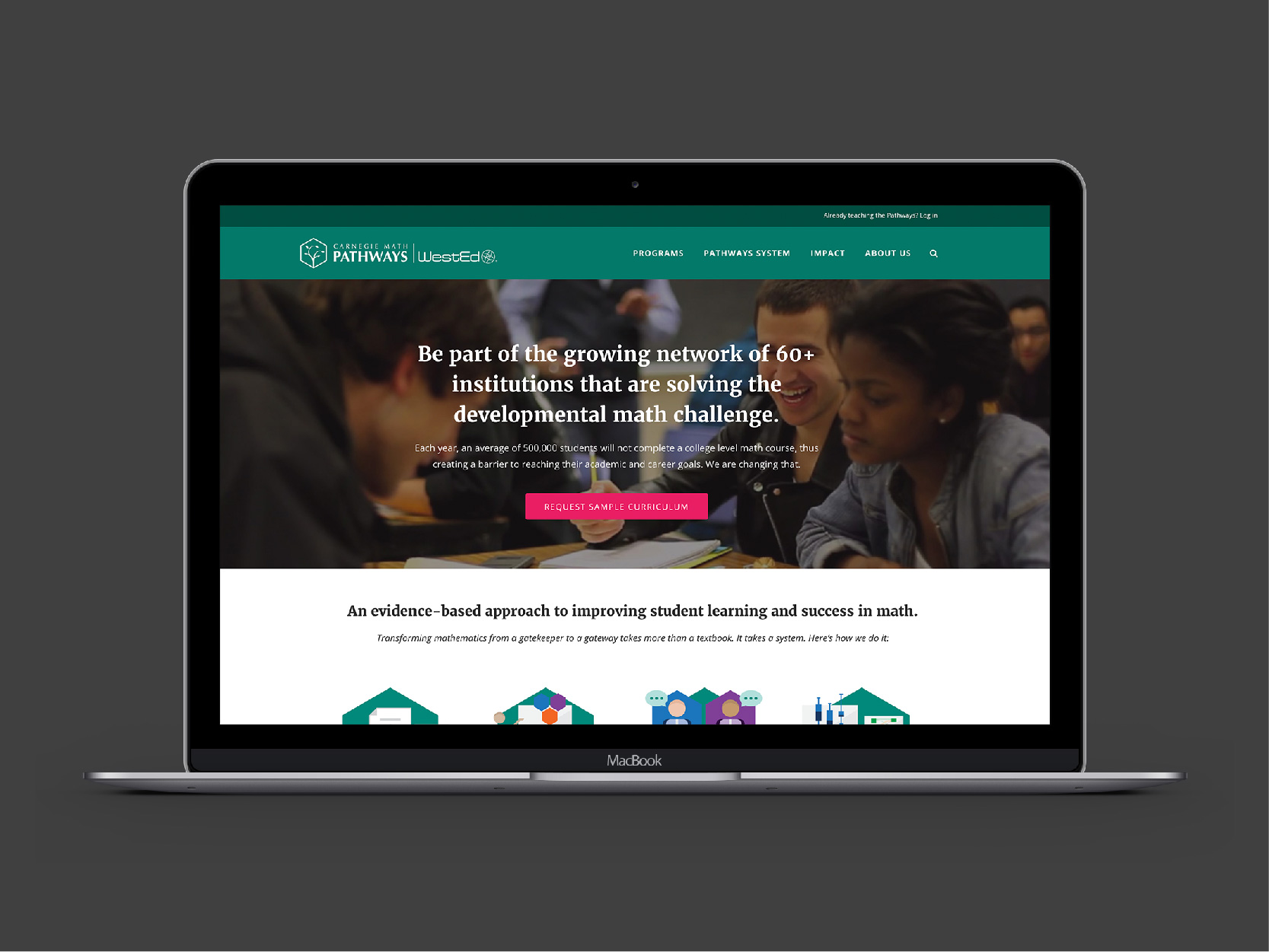
My design and strategy efforts resulted in a redesigned public website to attract new users.
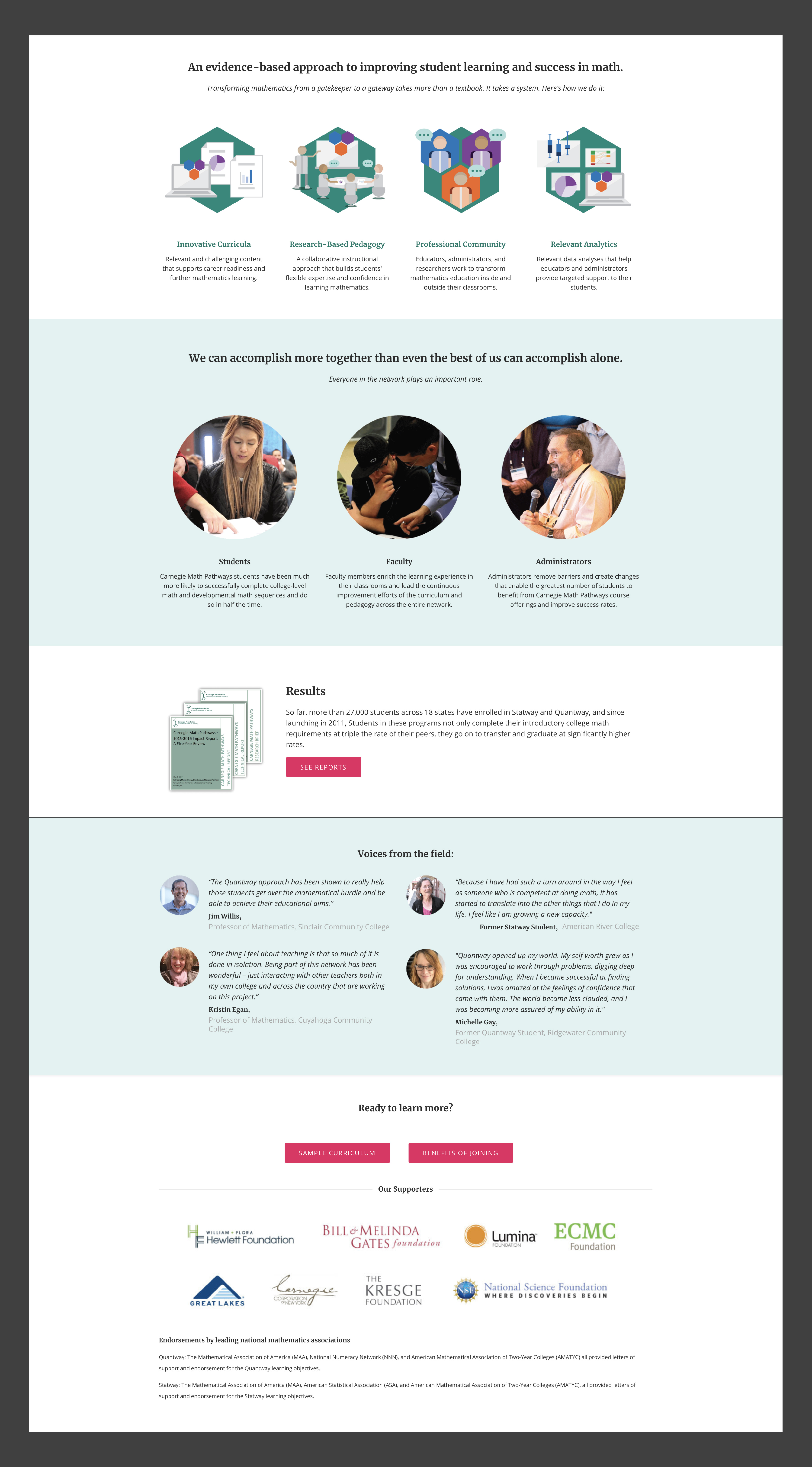
I helped create and execute the narrative on the homepage to garner interest among new users.
Retrospective and Lessons Learned
- A multi-faceted online/offline program require coordination and high level of coherence
- Design process will be messy, so look out for research and design idea validation opportunities with users in unexpected settings and casual interactions
- Cross-functional consensus is necessary but not always possible, it is important to make informed design decisions with clear rationale that ensures user experience coherence even if not everyone agrees
- Iterative research, design, development, and testing cycles are essential, especially in a more traditional industry setting
Selected Works
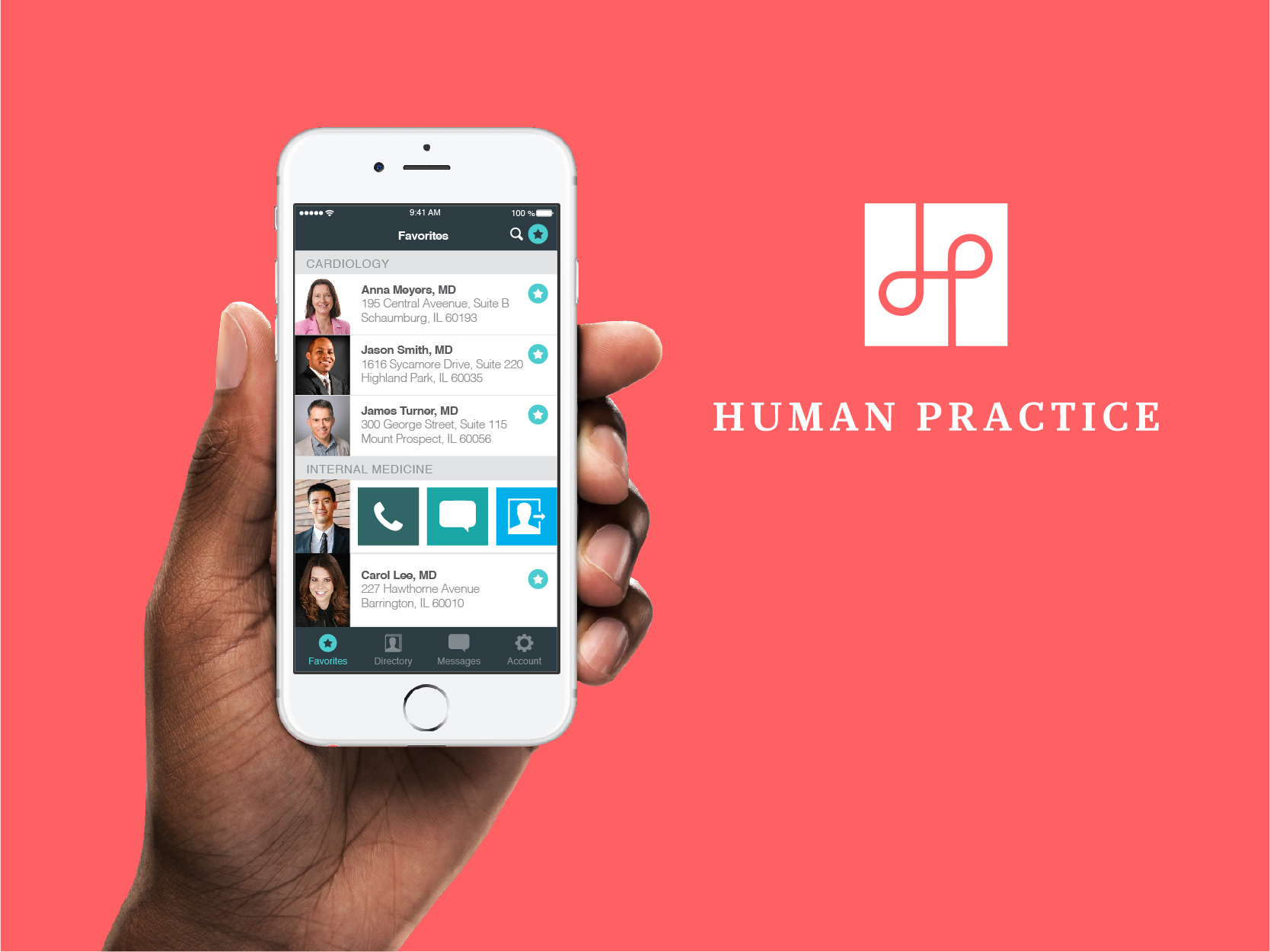
Human PracticeHealthcare Mobile Application
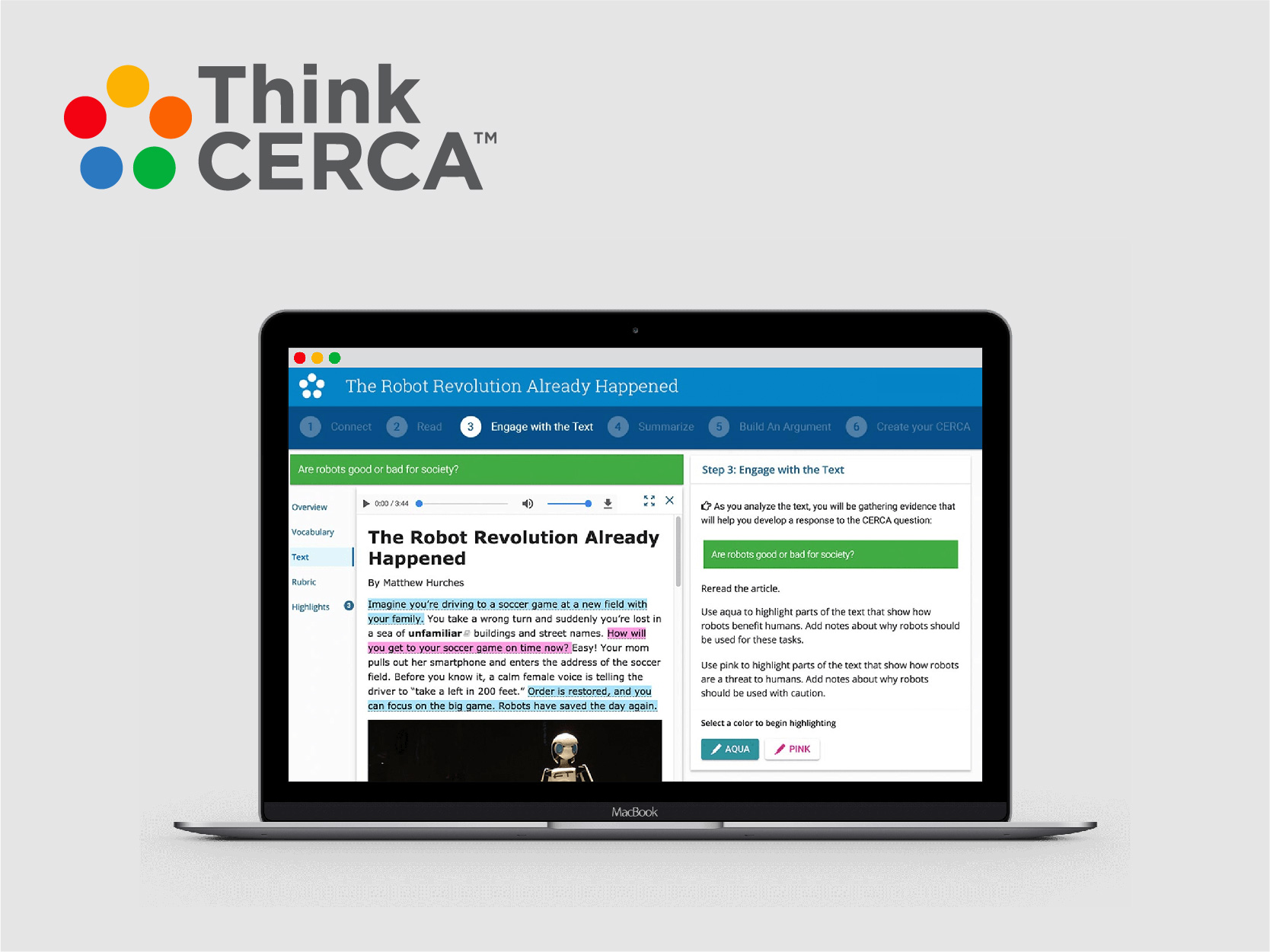
ThinkCercaOnline Learning Platform
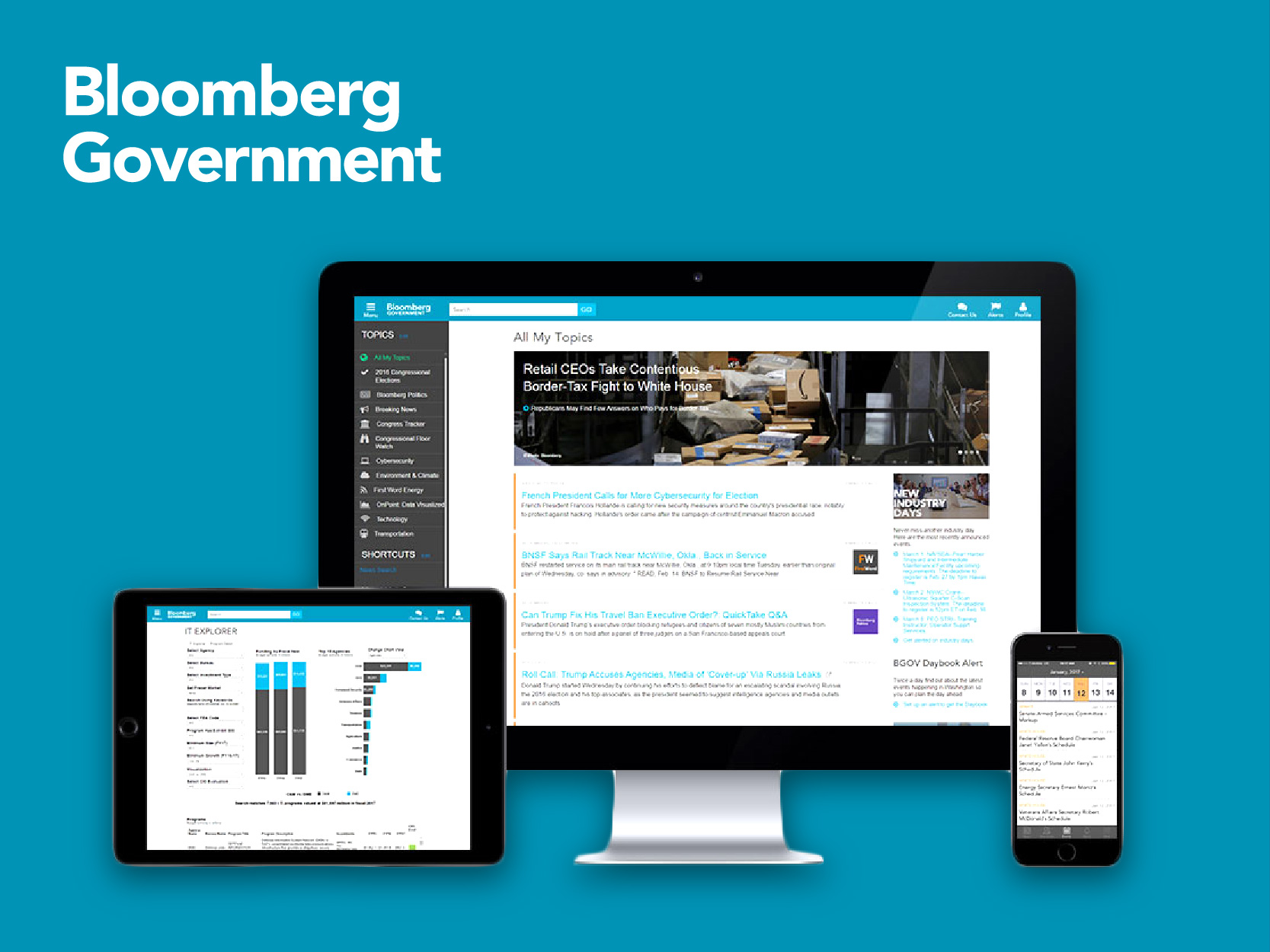
Bloomberg GovernmentWeb and Mobile Application

Nico TradingTrading Tools
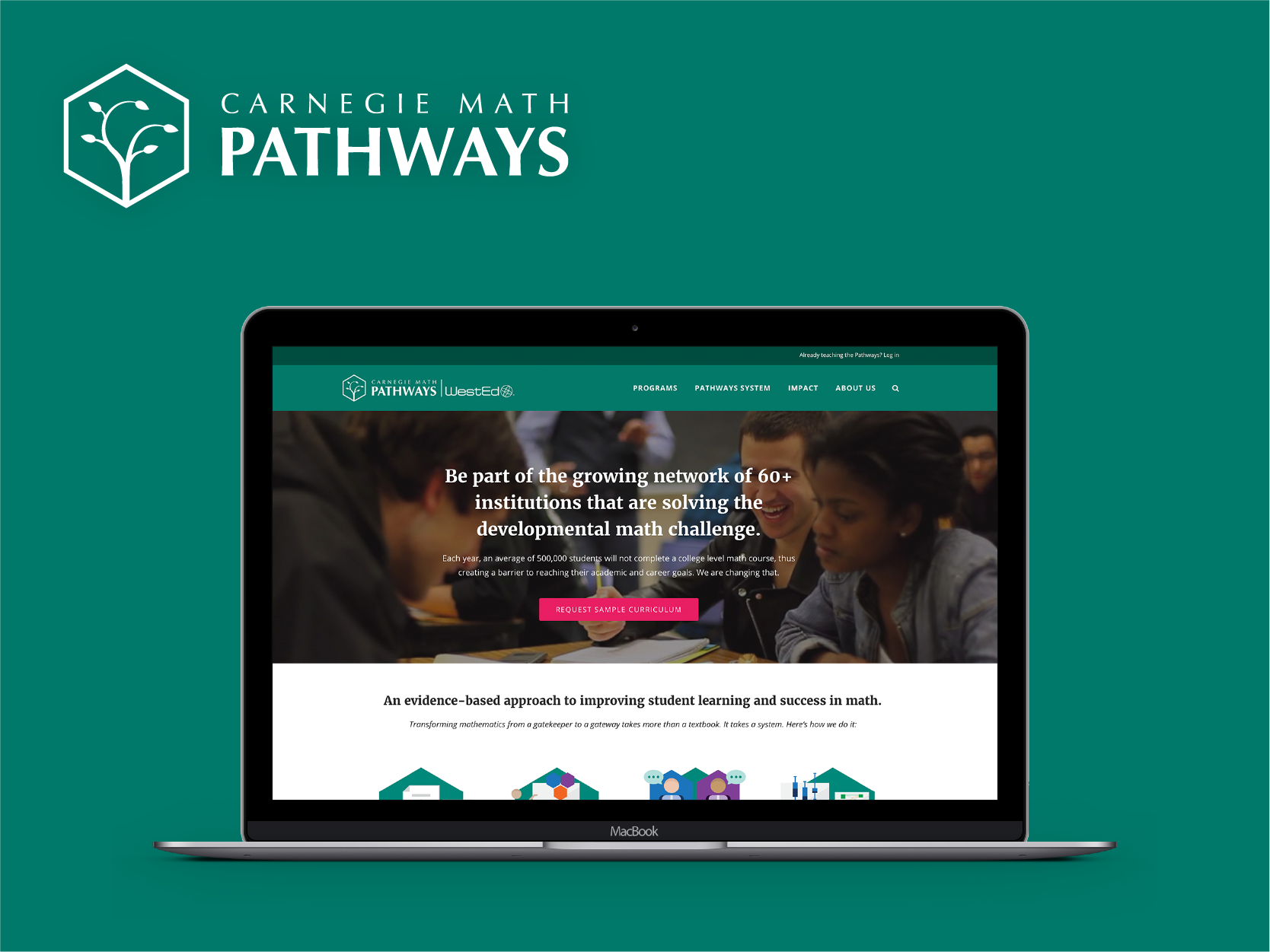
Carnegie Math PathwaysEducational Program/Initiative
Copyright © 2018 Mingzhu He
Thank you for stopping by! ♥
